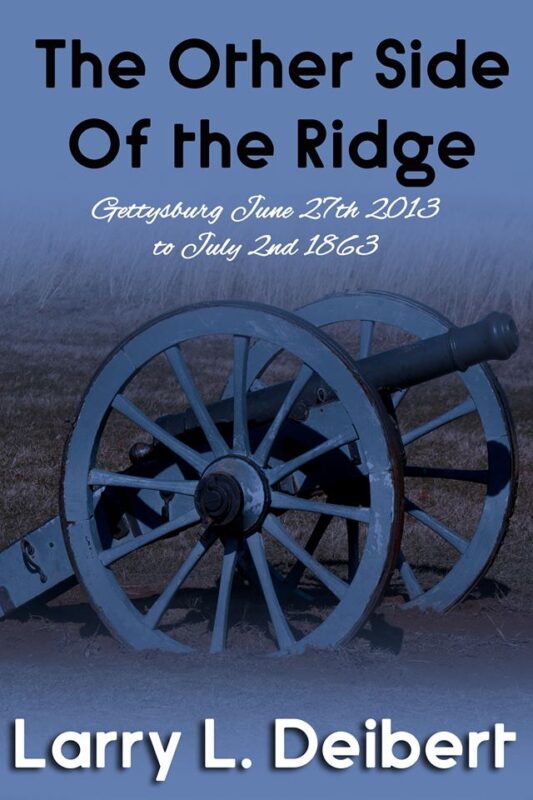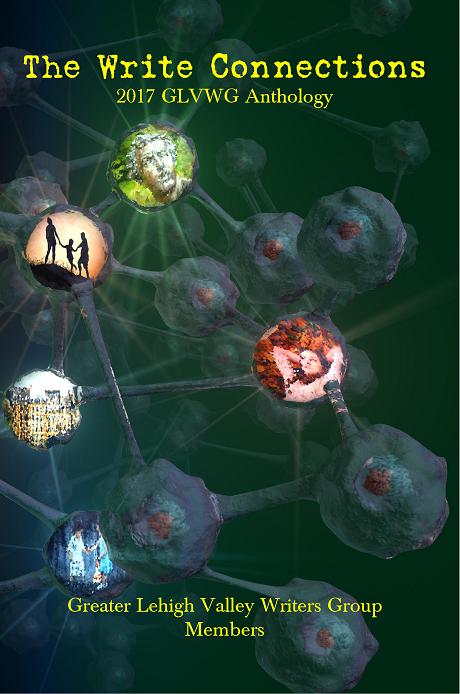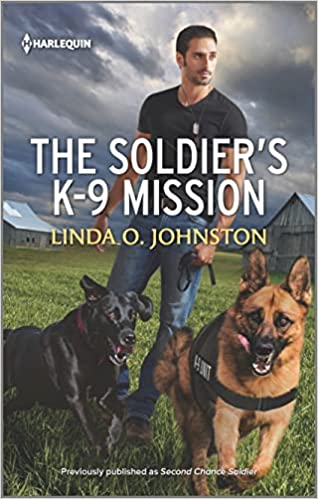The Production of a Book: Wresting with Revisions
October 28, 2009 by A Slice of Orange in category ArchivesLike most writers, I like to think that my words are perfect exactly the way I put them on the page. However, as a working writer, I know that there will be changes made to this manuscript before it hits the shelves as a finished book.
A manuscript goes through several incarnations before the book is ready to be printed.
Revisions – Editor indicates changes that need to be made to make the story stronger. This could involve subplots, characters, imbalances (such as need more sexual tension here and more suspense there, but cut this scene over here), and anything else that seems to jar the reader out of the story. Author needs to make these changes (along with line edits sent back on the original manuscript) and send whole new manuscript back to editor.
Important things about revisions:
Revisions need to be on time so that the production schedule is not held up
The author usually gets paid upon Delivery and Acceptance of the revised manuscript (see your contract for exact terms)
Copyedits – The revised manuscript is assigned to a copyeditor, usually freelance. The copyeditor’s job is to identify continuity problems (Her dress was blue at the beginning of the scene but now it’s red), as well as question research items and also format the manuscript in the House Style. Every publishing house has a House Style that provides consistency throughout all their books. House style addresses things like spelling (is it gray or grey), punctuation (in a series, is there a comma before “and†or not?) and so forth.
In the copyediting phase, the manuscript is still in hard copy format, just like when you sent it in. The author gets the copyedited manuscript and needs to address comments by the copyeditor, as well as answer questions posed by him/her. You can still, at this phase, add pages, paragraphs and sentences if necessary. The author can also STET changes made by the copyeditor with which she does not agree. STET basically means “ignore†in publishing lingo and is sometimes an author’s favorite word! After this, it goes to the printer.
Page proofs/galleys – This is the part of production where things are pretty much written in stone. The author gets a copy of the “uncorrected†page proofs, and her job is to go through and look for typos and printer errors. After the corrected page proofs go back, the next time the author sees the manuscript, it is in printed book form.
Now that you understand the steps involved in producing a book, let’s talk about the subject of this post: revisions.
After I’ve submitted a manuscript, a revision letter arrives from my editor, along with a line-edited manuscript. The length and complexity of the revision letter entirely depends on what needs to be done. Each work stands on its own, and the writer who thinks she knows it all, might be in for a rude awakening come revision time!
By the same token, the writer who gets that rare comment from the editor—No Revisions—falls into a panic even while floating on Cloud Nine. Here’s an example of typical internal dialogue of an author who has been told her book needs no revisions: No revisions? Is she sure? Has she ever edited a book by herself before? There has to be something!
I’ve written twelve historical romances for Avon Books over the last eleven years. Book number eleven, TO RUIN THE DUKE (Avon, June 2009) was a No Revisions book. I had just been assigned a new editor, and while I had worked with her peripherally while she had been the assistant to my former editor, she had never edited one of my books before. Upon receiving the email about no revisions, I picked up the phone and called her in a panic. It was approximately 6pm New York time, but she was still in the office and answered the phone. She assured me that No Revisions was not a mistake. And it wasn’t that the book needed NO revisions, just that the changes were so small that I could do them during the copyediting phase.
This, for some reason, made me feel a lot better. There were still changes to be made. Whew!
Then you have the opposite end of the scale—Massive Revisions. I turned in book number twelve, thinking that after No Revisions on the last book, surely there would be little or none on this book. WRONG. This book needed some major revising. Just a more heroic hero and some conflict and motivation changes. Just the core of the whole romance. No big deal, right?
It took me a good three weeks to rewrite a lot of the book, which was necessary due to the way I decided to handle the hero and conflict/motivation issues. And what that taught me was that even after eleven published books and nominations for a Golden Heart, RITA and Holt Medallion, I still had things to learn.
And as long as you keep learning, you will keep growing as a writer.
0 0 Read moreA Fantasy Life
October 28, 2009 by A Slice of Orange in category Archives
By Janet Quinn Cornelow
Dragons. The mythological creature that breathes fire and graces our fantasies. Everyone seems to love dragons. Even Harry Potter had dragons.
I wished that I had put dragons in my Augeas fantasy series and have been trying to figure out how to work them into it.
Then I saw this television program about dragons. They found what they thought could be a dragon in a frozen cave in
All cultures seem to have a fire-breathing dragon myth. The strange thing about all of those myths is the fact that the dragons are physically the same. Besides the fire-breathing part, they also all flew and had large mouths and teeth.
When the frozen dragon was dissected, they discovered that it would have been able to breath fire. Those studying the body of the dragon figured it had to have been a pre-historic creature that developed during the dinosaur period. They think it was a large predator and that dragons may have caused some of the damage that has been found on the skulls of tyrannosaurus. The dragons were one of the first birds and soared in updrafts like condors. They lived in the mountains and may have used their fire abilities to keep their eggs warm.
Then the dinosaurs disappeared. Those studying the remains of this juvenile, female dragon theorize that the dragons must have returned to the water at that time and that is why they survived. Maybe that is what the Loch Ness monster is.
Then, when the world changed again, the dragons left the water and returned to the land. Then they returned to the mountains and their frozen homes where they were hunted by man. The myth of the knight hunting the dragon to save the lady in peril could have come from this creature found frozen in a cave with the three men she took with her.
It was a fascinating special and if I could find the channel again, I would tape it.
However, it does help with my dilemma of how to put dragons into my Augeas series. When Rayna goes after Gideon into the mountains, there can be dragons there.
Affiliate Links
A Slice of Orange is an affiliate with some of the booksellers listed on this website, including Barnes & Nobel, Books A Million, iBooks, Kobo, and Smashwords. This means A Slice of Orange may earn a small advertising fee from sales made through the links used on this website. There are reminders of these affiliate links on the pages for individual books.
Search A Slice of Orange
Find a Column
Archives
Featured Books
Harlequin Special Edition March 2021 Box Set 2 of 2
Three books in one . . .
More info →THE OTHER SIDE OF THE RIDGE Gettysbury, June 27th 2013 to July 2nd 1863
Gettysburg, June 27th, 2013 to July 2nd, 1863: Will Dan Rodin change the course of the Civil War?
More info →Newsletter
Contributing Authors
Search A Slice of Orange
Find a Column
Archives
Authors in the Bookstore
- A. E. Decker
- A. J. Scudiere
- A.J. Sidransky
- Abby Collette
- Alanna Lucus
- Albert Marrin
- Alice Duncan
- Alina K. Field
- Alison Green Myers
- Andi Lawrencovna
- Andrew C Raiford
- Angela Pryce
- Aviva Vaughn
- Barbara Ankrum
- Bethlehem Writers Group, LLC
- Carol L. Wright
- Celeste Barclay
- Christina Alexandra
- Christopher D. Ochs
- Claire Davon
- Claire Naden
- Courtnee Turner Hoyle
- Courtney Annicchiarico
- D. Lieber
- Daniel V. Meier Jr.
- Debra Dixon
- Debra H. Goldstein
- Debra Holland
- Dee Ann Palmer
- Denise M. Colby
- Diane Benefiel
- Diane Sismour
- Dianna Sinovic
- DT Krippene
- E.B. Dawson
- Emilie Dallaire
- Emily Brightwell
- Emily PW Murphy
- Fae Rowen
- Faith L. Justice
- Frances Amati
- Geralyn Corcillo
- Glynnis Campbell
- Greg Jolley
- H. O. Charles
- Jaclyn Roché
- Jacqueline Diamond
- Janet Lynn and Will Zeilinger
- Jaya Mehta
- Jeannine Atkins
- Jeff Baird
- Jenna Barwin
- Jenne Kern
- Jennifer D. Bokal
- Jennifer Lyon
- Jerome W. McFadden
- Jill Piscitello
- Jina Bacarr
- Jo A. Hiestand
- Jodi Bogert
- Jolina Petersheim
- Jonathan Maberry
- Joy Allyson
- Judy Duarte
- Justin Murphy
- Justine Davis
- Kat Martin
- Kidd Wadsworth
- Kitty Bucholtz
- Kristy Tate
- Larry Deibert
- Larry Hamilton
- Laura Drake
- Laurie Stevens
- Leslie Knowles
- Li-Ying Lundquist
- Linda Carroll-Bradd
- Linda Lappin
- Linda McLaughlin
- Linda O. Johnston
- Lisa Preston
- Lolo Paige
- Loran Holt
- Lynette M. Burrows
- Lyssa Kay Adams
- Madeline Ash
- Margarita Engle
- Marguerite Quantaine
- Marianne H. Donley
- Mary Castillo
- Maureen Klovers
- Megan Haskell
- Melanie Waterbury
- Melisa Rivero
- Melissa Chambers
- Melodie Winawer
- Meriam Wilhelm
- Mikel J. Wilson
- Mindy Neff
- Monica McCabe
- Nancy Brashear
- Neetu Malik
- Nikki Prince
- Once Upon Anthologies
- Paula Gail Benson
- Penny Reid
- Peter J Barbour
- Priscilla Oliveras
- R. H. Kohno
- Rachel Hailey
- Ralph Hieb
- Ramcy Diek
- Ransom Stephens
- Rebecca Forster
- Renae Wrich
- Roxy Matthews
- Ryder Hunte Clancy
- Sally Paradysz
- Sheila Colón-Bagley
- Simone de Muñoz
- Sophie Barnes
- Susan Kaye Quinn
- Susan Lynn Meyer
- Susan Squires
- T. D. Fox
- Tara C. Allred
- Tara Lain
- Tari Lynn Jewett
- Terri Osburn
- Tracy Reed
- Vera Jane Cook
- Vicki Crum
- Writing Something Romantic
Affiliate Links
A Slice of Orange is an affiliate with some of the booksellers listed on this website, including Barnes & Nobel, Books A Million, iBooks, Kobo, and Smashwords. This means A Slice of Orange may earn a small advertising fee from sales made through the links used on this website. There are reminders of these affiliate links on the pages for individual books.









































